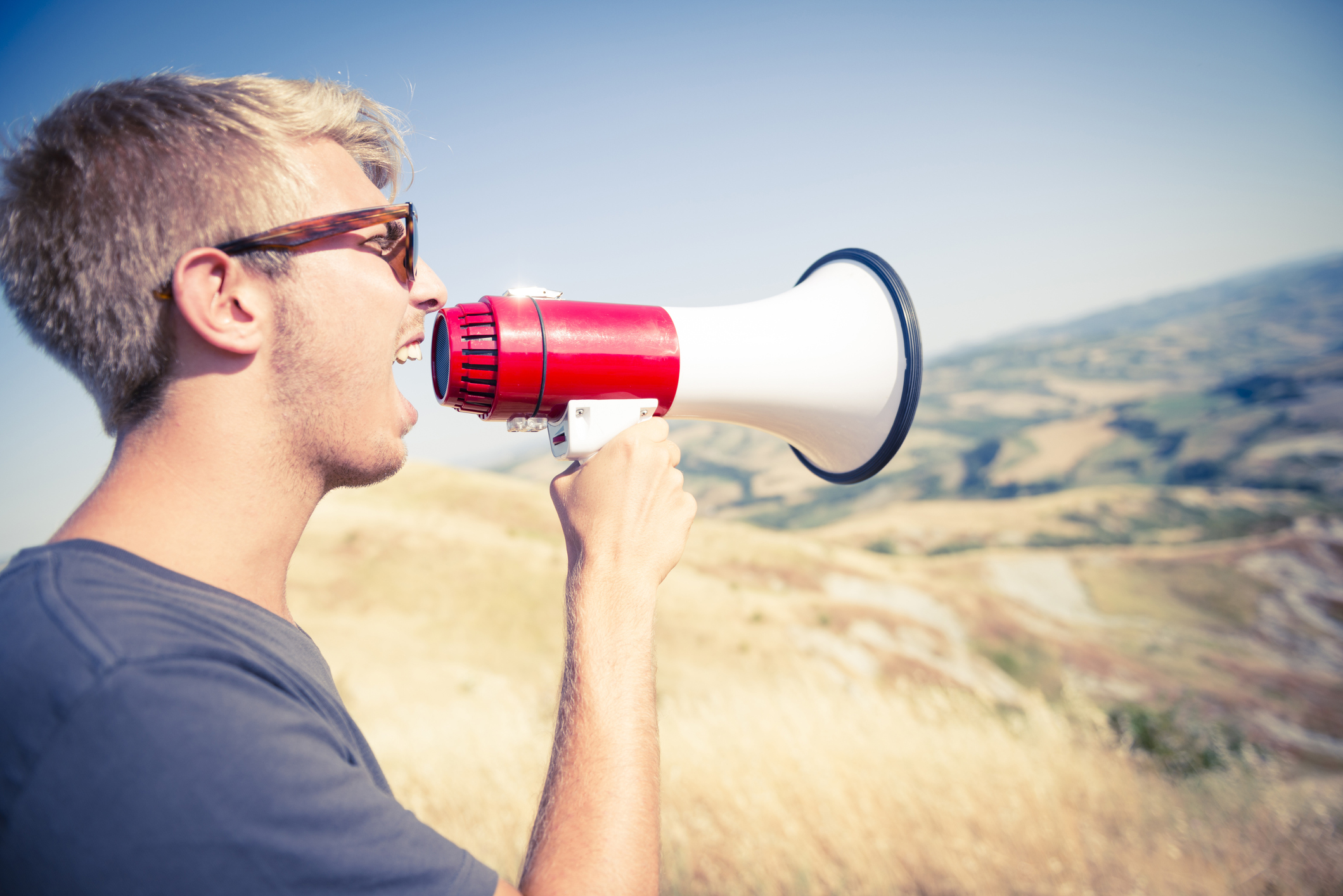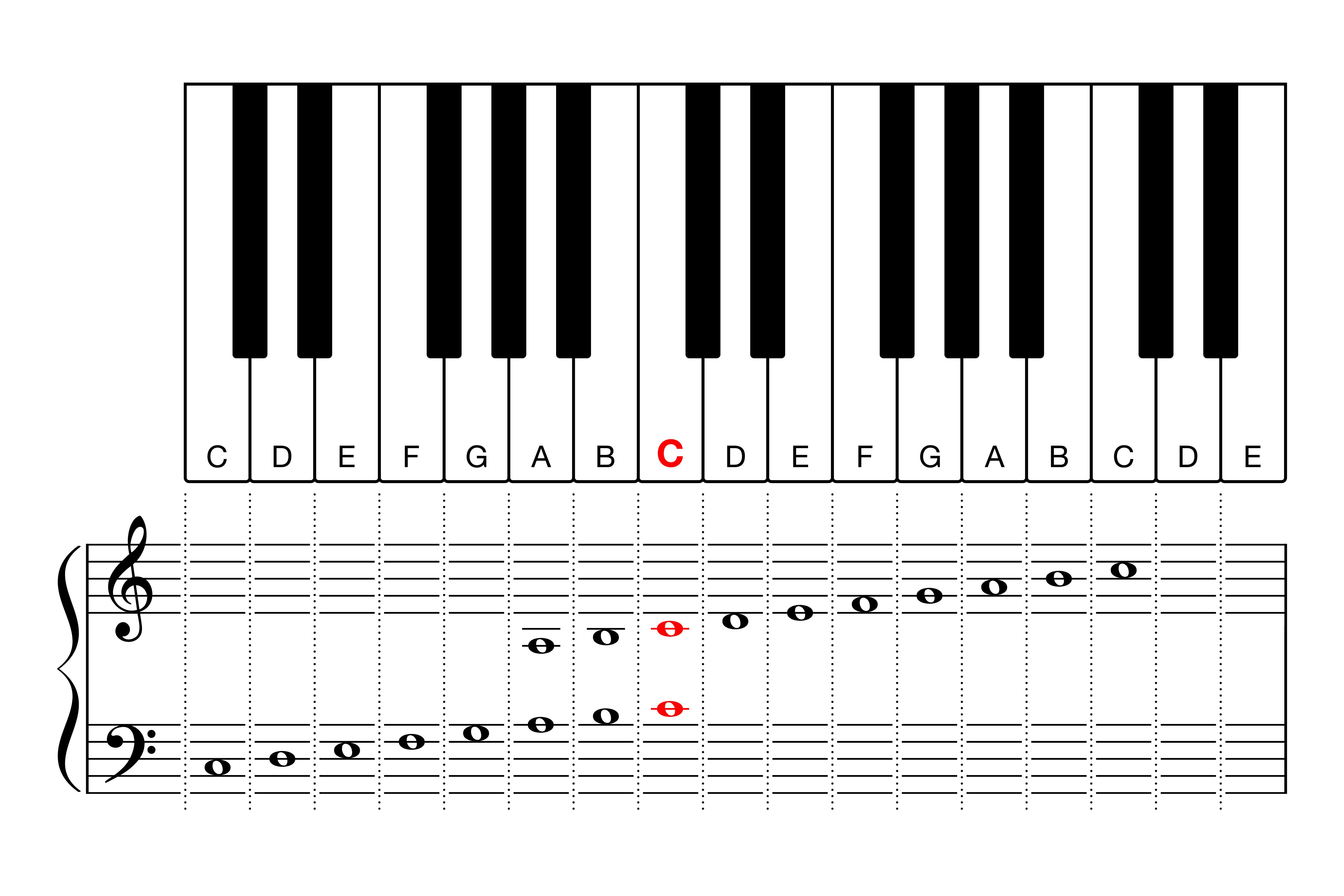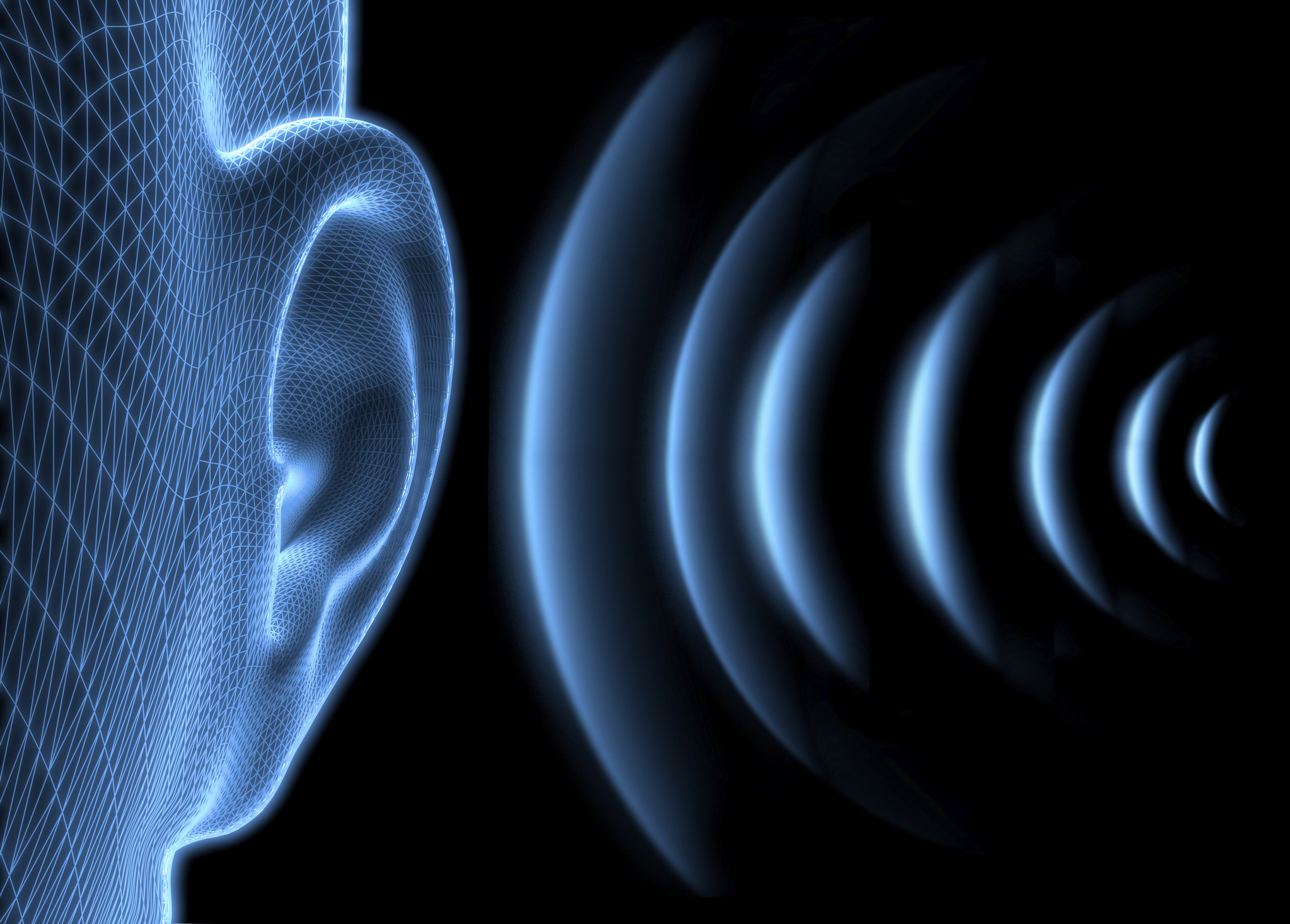Learning objective
Knowledge:
- To describe how sounds are heard through different mediums.
Working scientifically:
- To research how whales and dolphins communicate underwater.
Success criteria
Knowledge:
- I can describe how a sound wave travels
This content is for subscribers only. Join for access today.
National curriculum
Science
Sound
Pupils
This content is for subscribers only. Join for access today.
Cross-curricular links
English
Reading – comprehension
This content is for subscribers only. Join for access today.
Before the lesson
This content is for subscribers only. Join for access today.
Lesson plan
Recap and recall
Arrange the class into groups of three and provide each group with a whiteboard and pen. Display slides 1 and 2 of the Presentation: Mystery sounds game and play the mystery audio clips: A ruler twanging. A piece of paper being crumpled. Water being poured. A glass ‘singing’ as a finger is rubbed around the…
This content is for subscribers only. Join for access today.
Extended-mode explainer videos
How to extend your display to view the lesson page and preseantion mode simultaneously. Choose your operating system below to watch the video
If you need further support with extending your display,
please contact [email protected].
Extended-mode explainer video: For Mac
Extended-mode explainer video: For Windows
Adaptive teaching
Pupils needing extra support
Could read the first three sections of the Resource: How dolphins and whales use sound underwater (the information above the picture) to answer the first two questions on the Activity: Research report only; could be provided with the Knowledge organiser and directed to the first section, which explains sound waves.
Pupils working at greater depth
Could try using different lengths of string with their cup and string telephone to investigate if distance affects how well they can hear the secret messages; should answer the extension question on the Activity: Research report; could choose an extension activity relating to how sound is made or travels from the Resource: Stretch and challenge: Sound and vibrations.
This content is for subscribers only. Join for access today.
Assessing progress and understanding
Pupils with secure understanding indicated by: describing how a sound waves travels through
This content is for subscribers only. Join for access today.
Knowledge outcomes
- I can describe how a sound wave travels through the air to the ear as a series of vibrations that pass into the ear canal and hit the ear drum.
- I can compare how sound travels through different mediums, with sound travelling fastest through solids and slowest through gases.
- I can explain that sound travels farther in water than air because the matter in water is more closely packed than the matter in air.
This content is for subscribers only. Join for access today.
Vocabulary definitions
-
air
A mixture of gases that surround the Earth.
-
ear
A part of the body that detects sound.
This content is for subscribers only. Join for access today.





